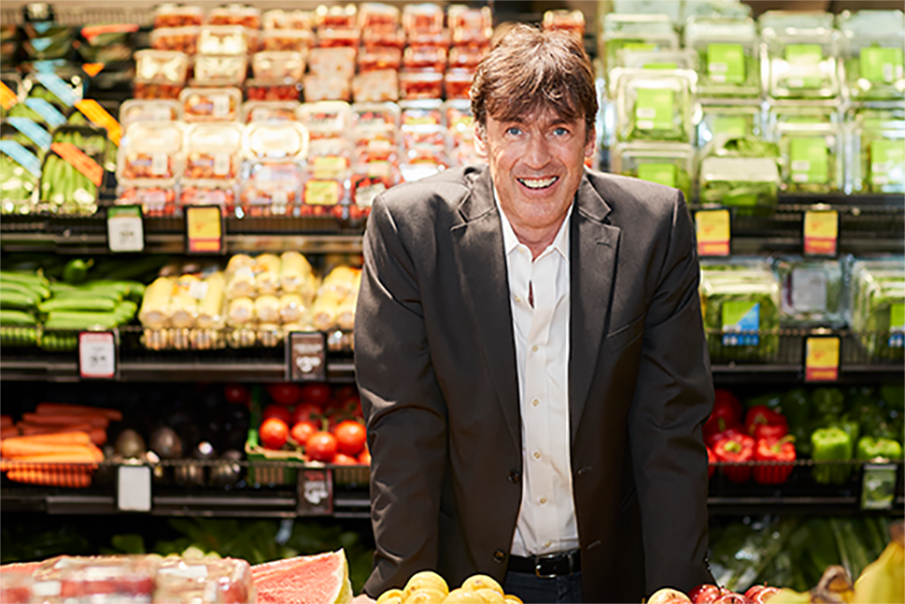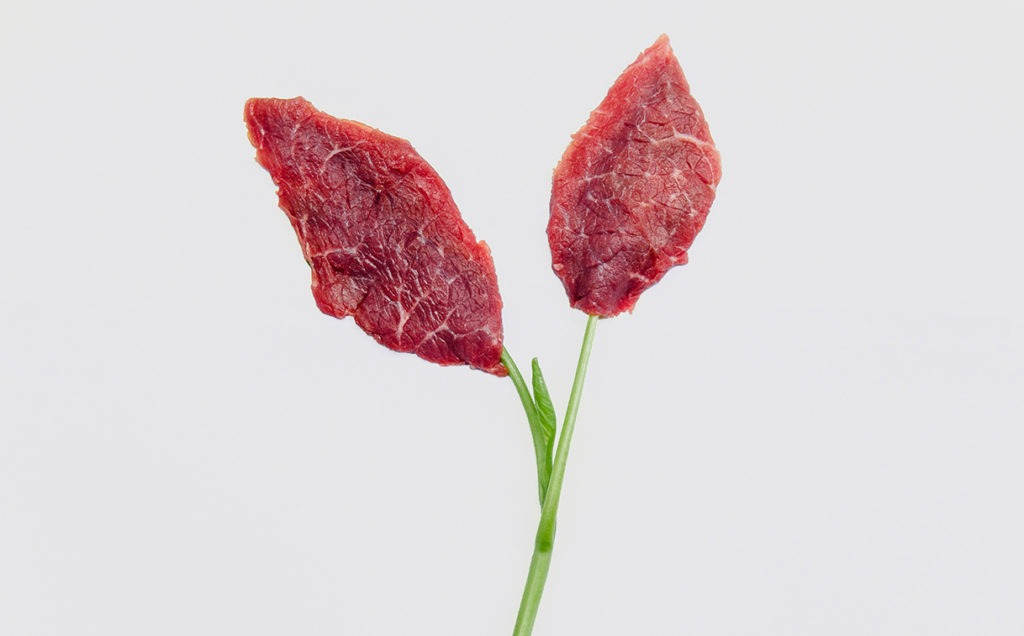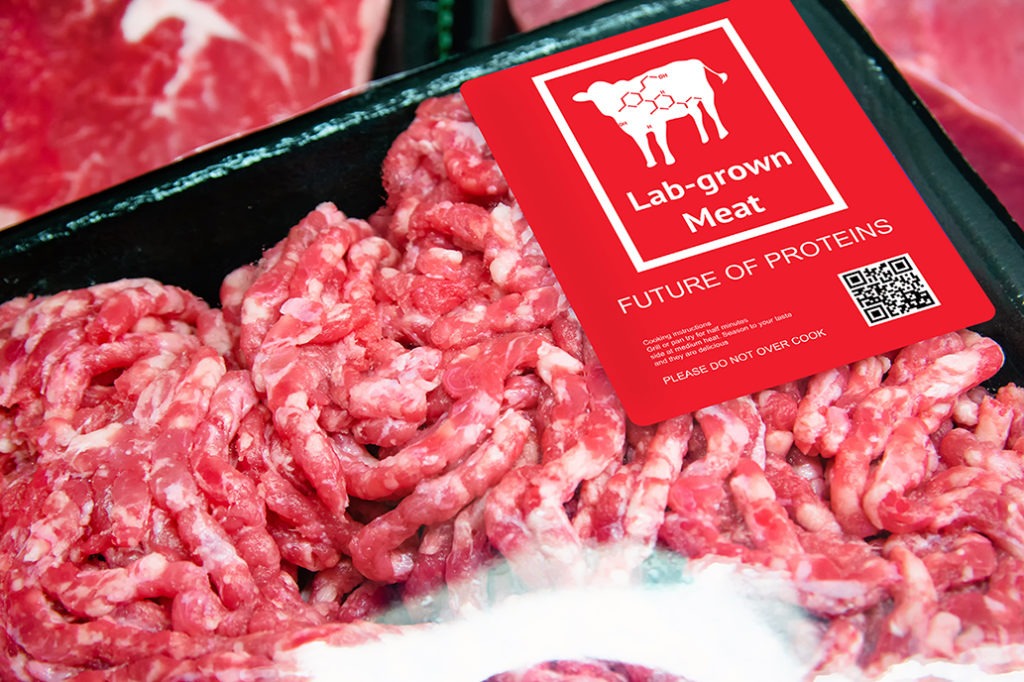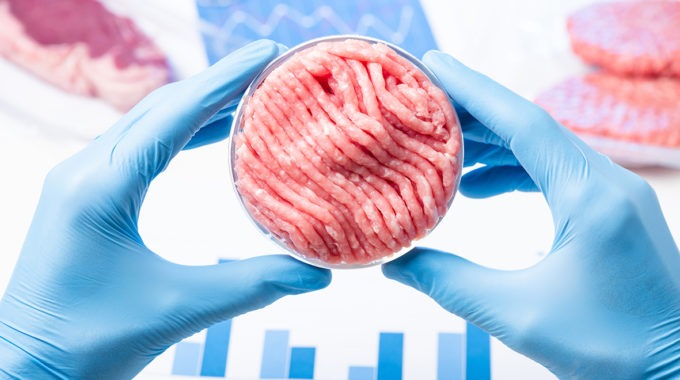Lab-cultured meat a coming reality
When a research team from the Netherlands presented the world’s first burger grown from cultured animal cells back in 2013, they set off the next huge race in science and the food industry. While the idea of growing meat in a petri dish was certainly mind-boggling at the time, so too was the production cost (about AUD$400,000). The challenge was, how to make lab-cultured meat commercially viable to produce?
Fast forward almost 10 years and many millions of dollars later, and the emerging cellular agriculture industry is now pushing to meet the growing demands on our global food systems – which have been largely driven by demographics.
Food and health expert Professor Johannes le Coutre, from UNSW School of Chemical Engineering, says that foods produced from cell cultures will have the same nutritional value as those produced from vegetables and animals.

Real meat, no slaughter
“Cellular agriculture is a growing field deeply rooted in existing technology to produce food,” he says. “It combines elements of agriculture, life science, medical research and engineering with the goal of growing edible tissues from vegetables or meat at the cellular level. The technology enables us to provide real meat – without having to kill an animal.”
The process involves taking cells through a small biopsy from a live animal. This material is then subjected to a number of biological steps. These ensure it has the same nutritional features, look, texture and – most importantly – flavour characteristics as real meat.
“The meat we consume is only a fraction of the animal,” Professor le Coutre says. “With the developing technologies in tissue culture and organ engineering, it’s slowly becoming possible to grow these materials in the laboratory.”

Animal-free solutions
Professor le Coutre says consumers will be more likely to accept the idea of lab-cultured meat that’s produced in ways similar to cheese and yoghurt if there’s a clear benefit to it. One of the biggest advantages of “recreating” meat is knowing exactly what’s in it.
“It’s about a new wave of domestication,” Professor le Coutre says. “Growing the meat is just one part of it. At UNSW, we’re asking additional important questions about the mechanisms that are important to grow and scale this industry. We’re advancing the food safety and nutritional aspects around it, too.”

It’s also a problem for the planet
Cellular agriculture foods directly address other pressing issues, such as climate change. The costs of meat products in the market don’t recuperate the full environmental costs involved with their production. This includes greenhouse gas and water use.
“The livestock industry and the connected food systems are running into various issues, including credibility and sustainability,” Professor le Coutre says. “This sustainability argument is relevant because you can put clear numbers on it. The data tells us that agriculture and the systems driving livestock growth are leading to greenhouse gas emissions much higher than those generated by the aviation industry.
“What we’re working on is not only scientifically and commercially exciting; it’s ethically exciting too, because it’s going to change our relationship with food.”

But what about plant-based meat?
“Don’t confuse the two,” Professor le Coutre says. “Real meat cells in lab-cultured meat are smaller and more nutrient-dense compared with plant cells. Plant cells contain a lot of water. If you take plant tissue and try to turn it into food that has the same appearance as meat, you inevitably conduct processing steps detrimental to the original plant material.
“People should eat vegetables and plant materials such as beans, peas and legumes. That’s wonderful and great. However, I continue to believe we should consume meat products in moderation. And with the future of cellular agriculture, we can do this in a sustainable way.”









